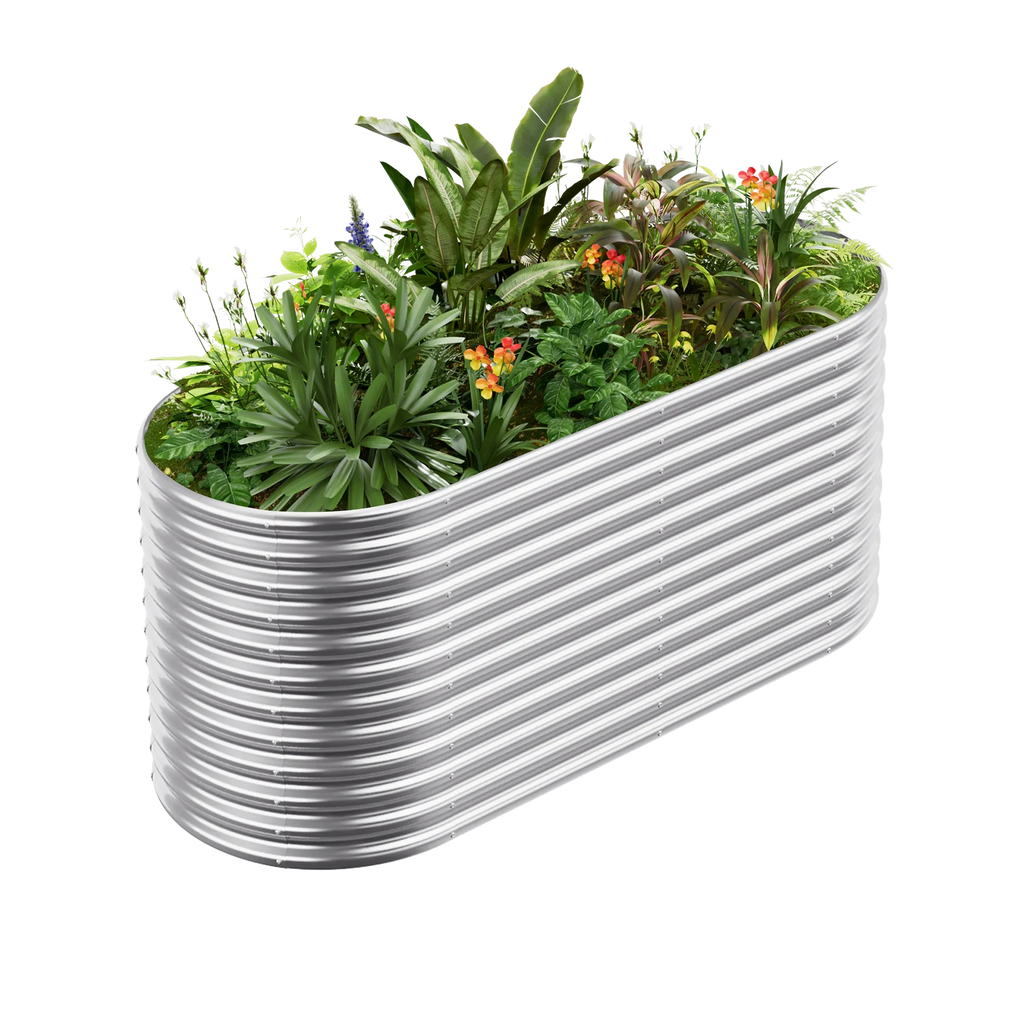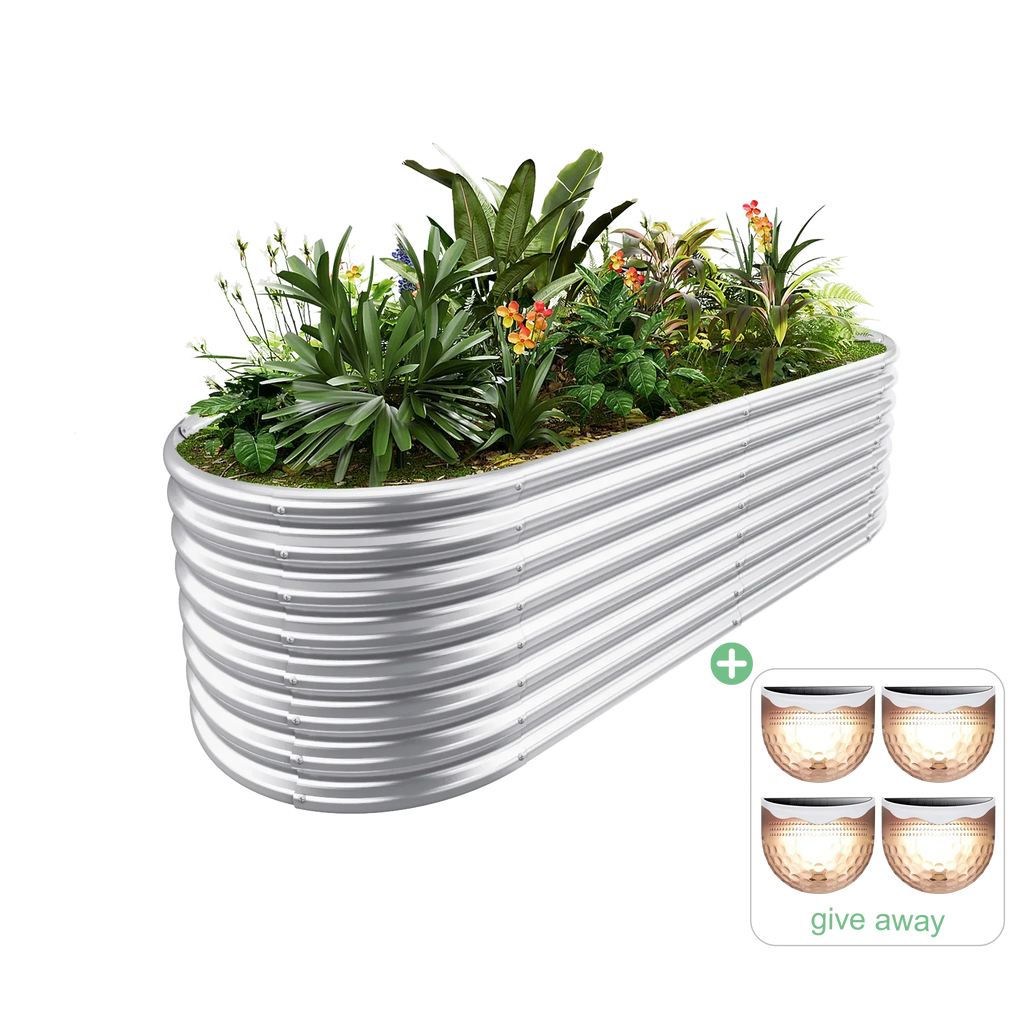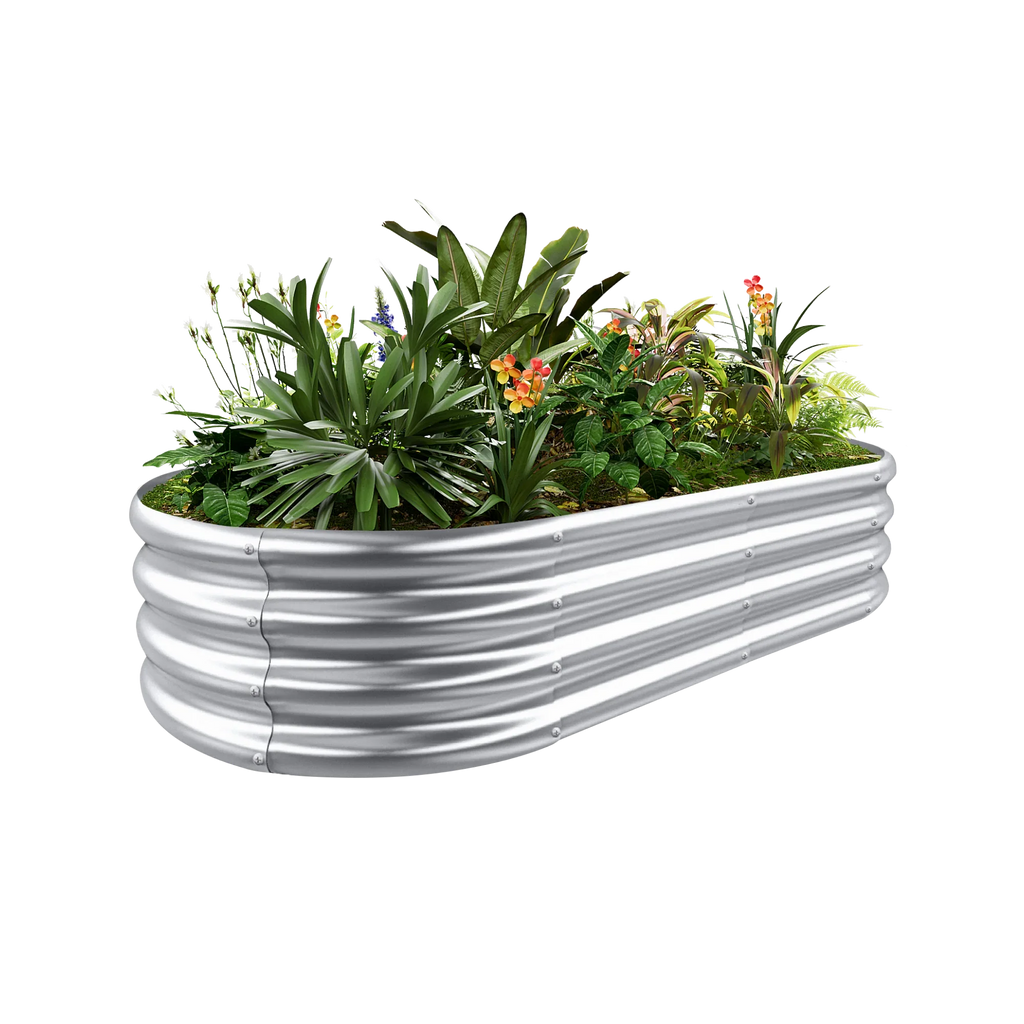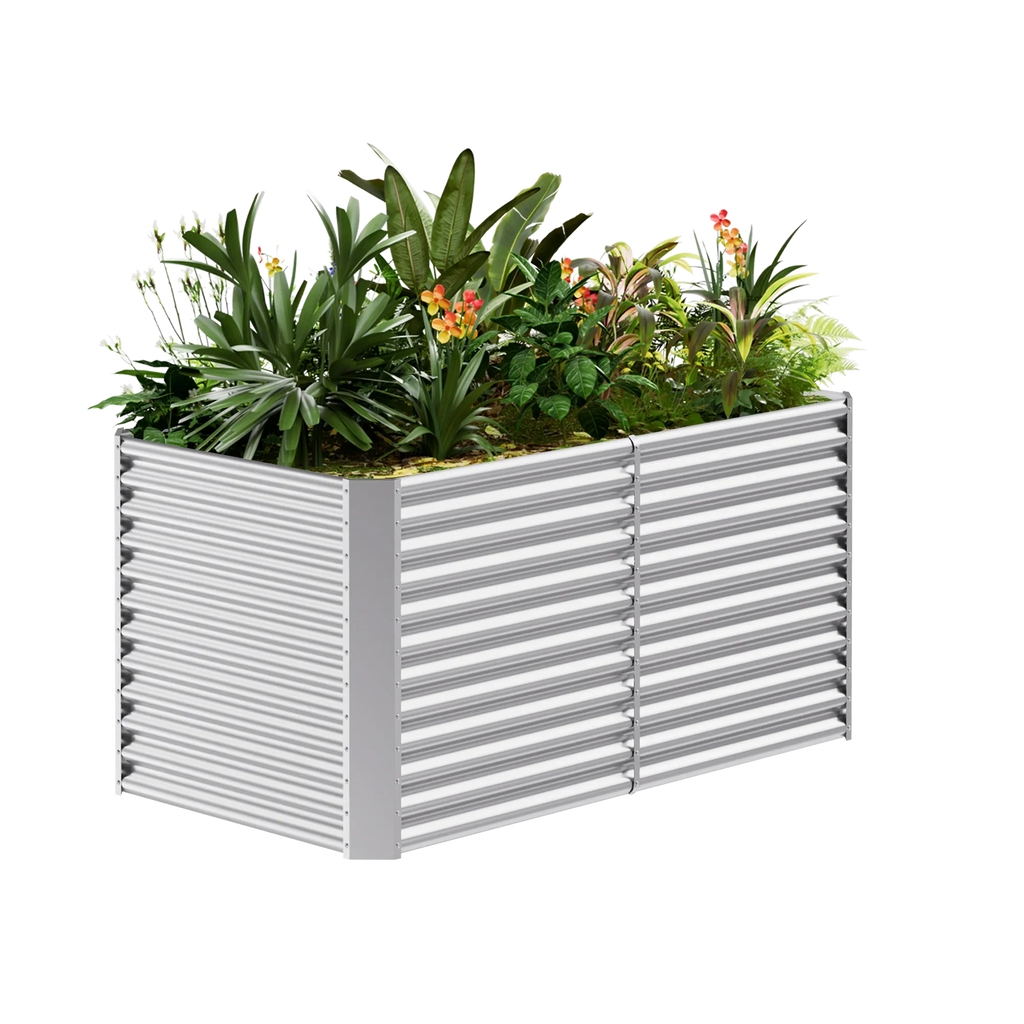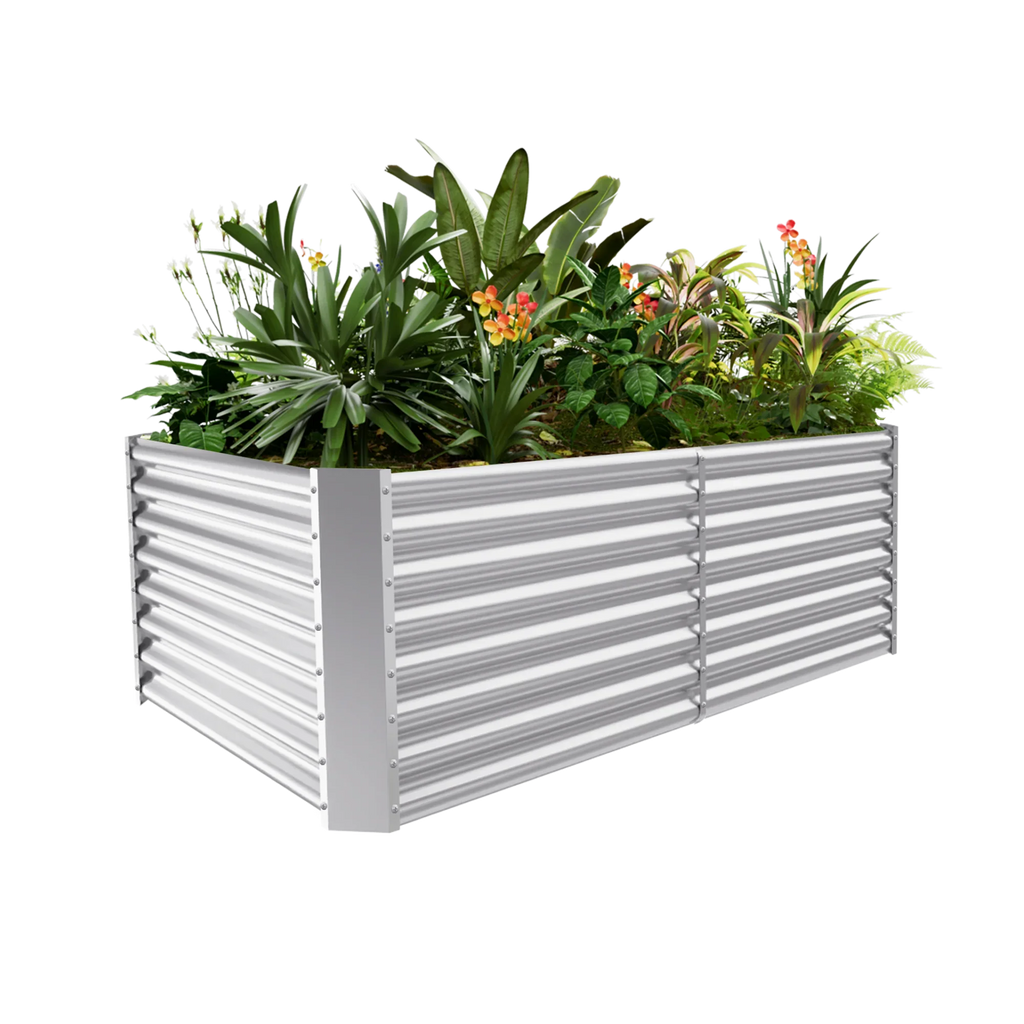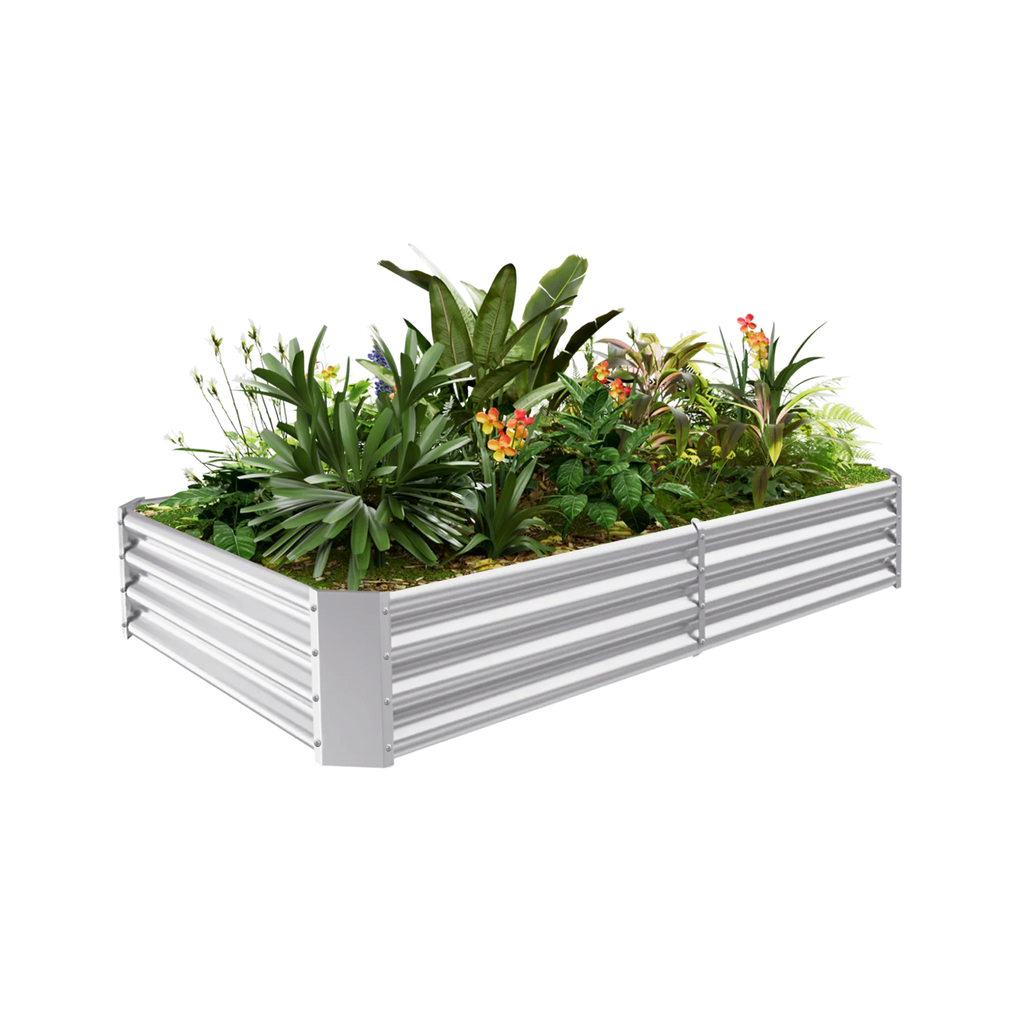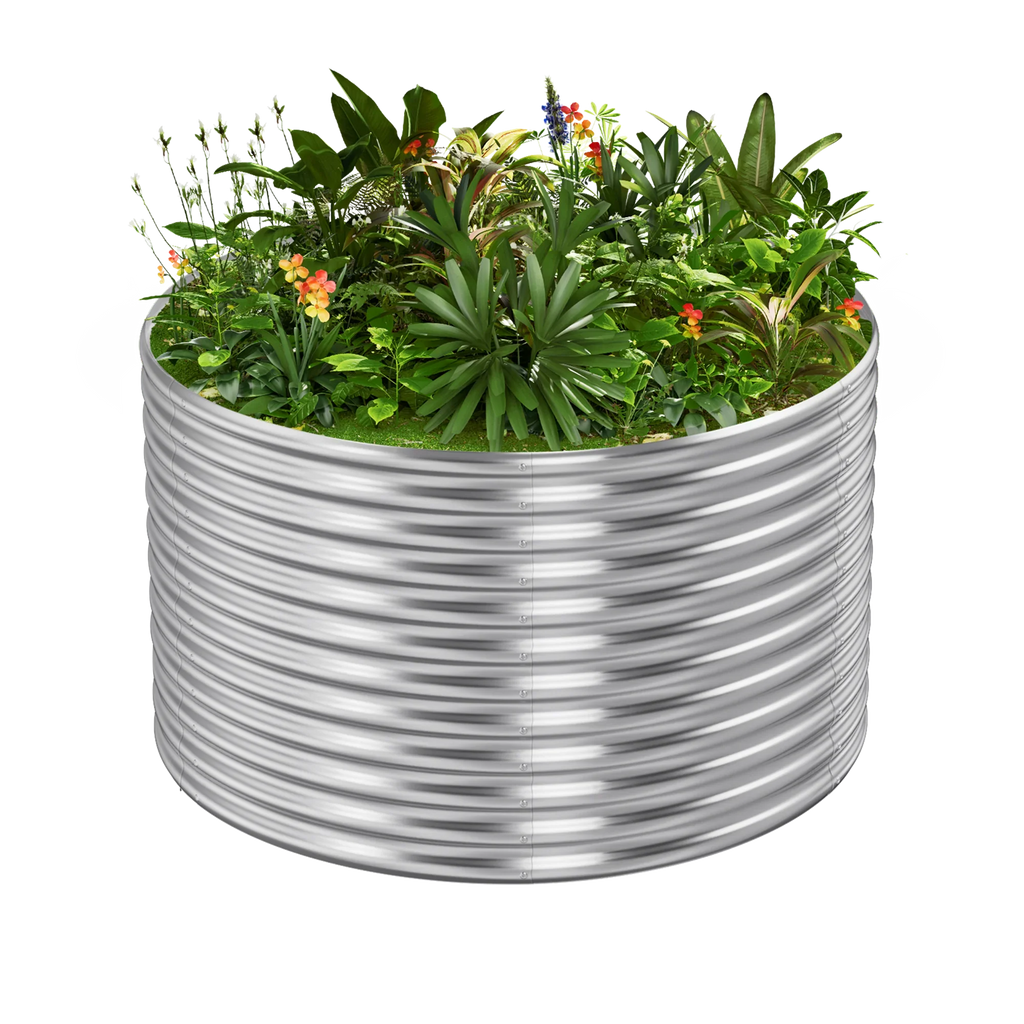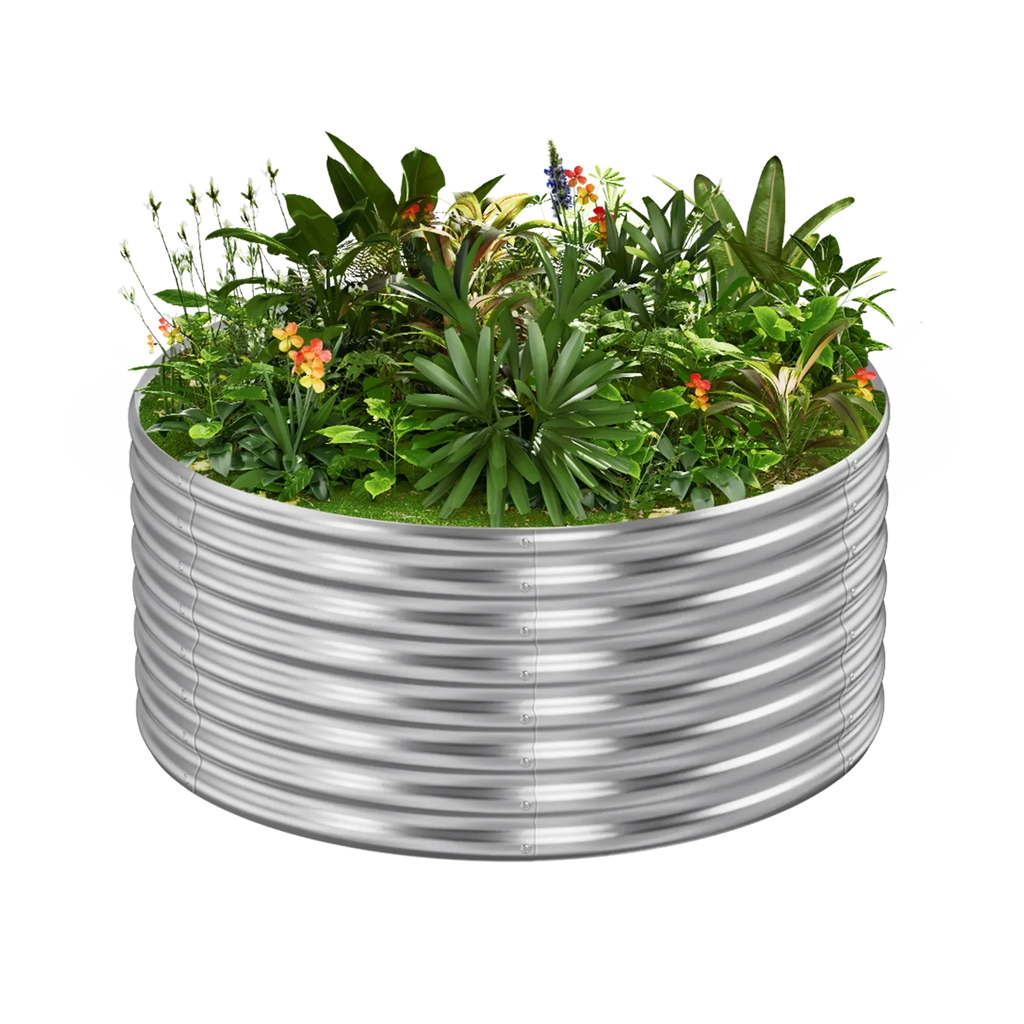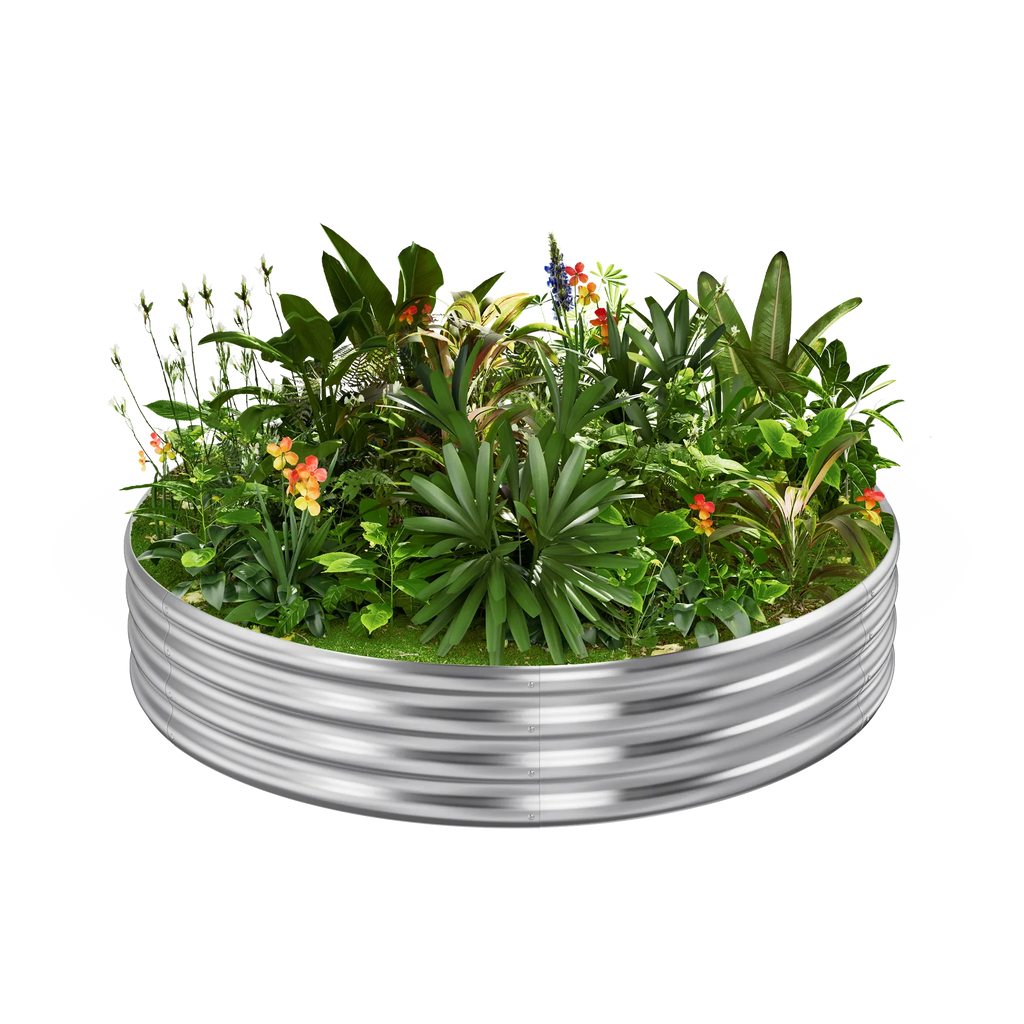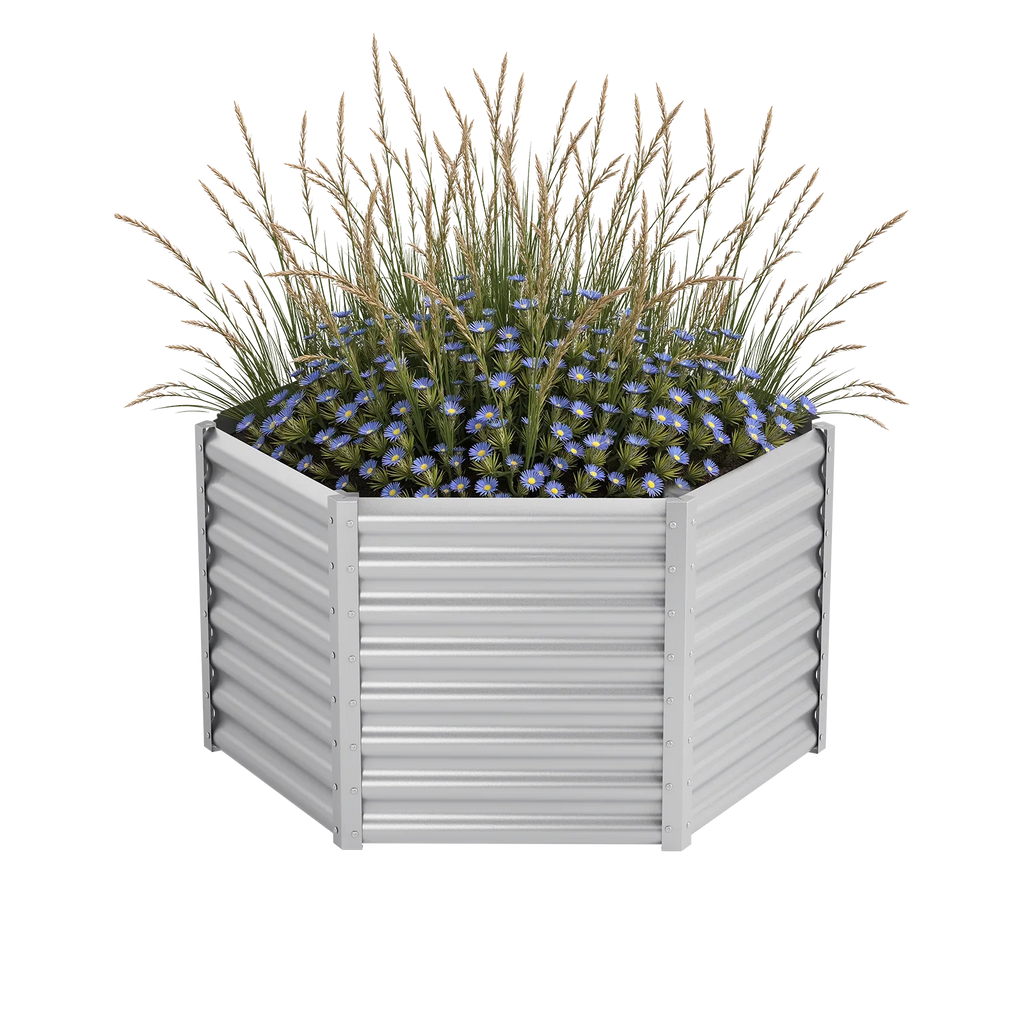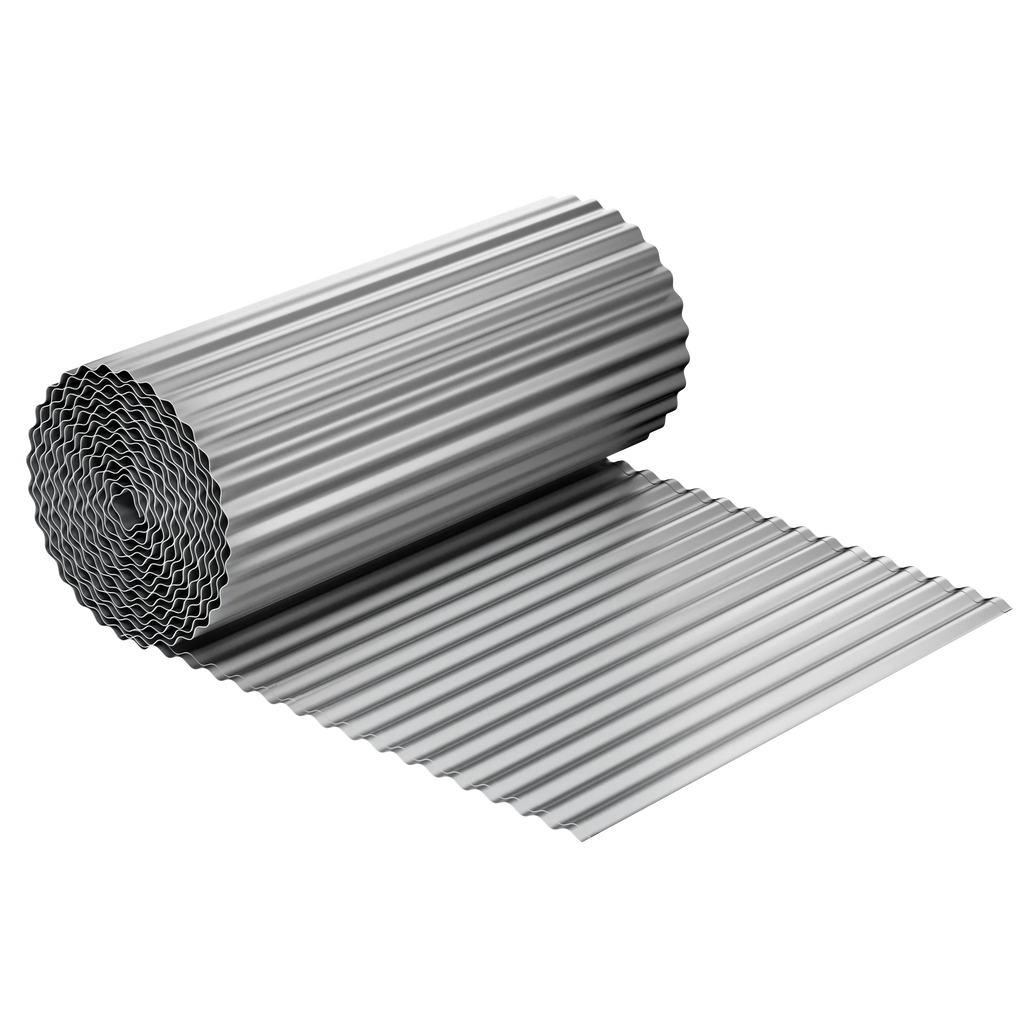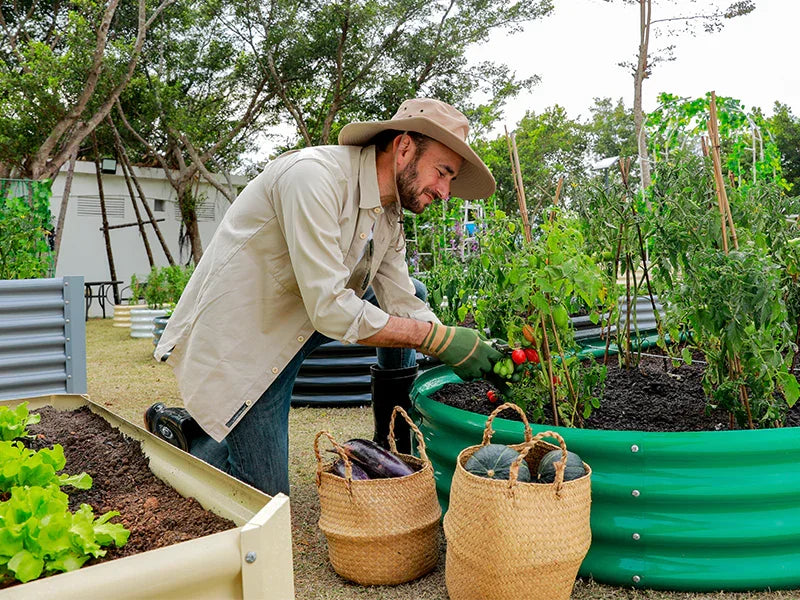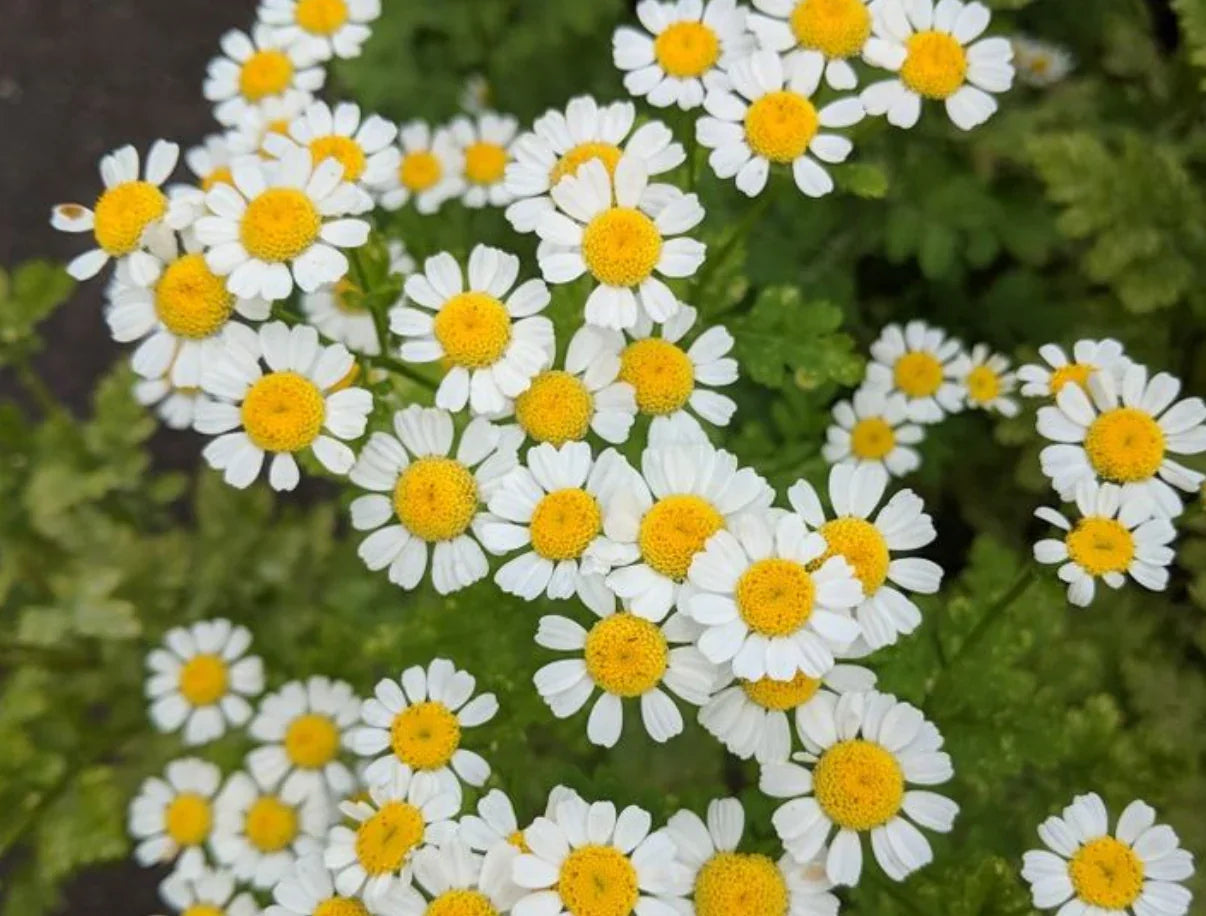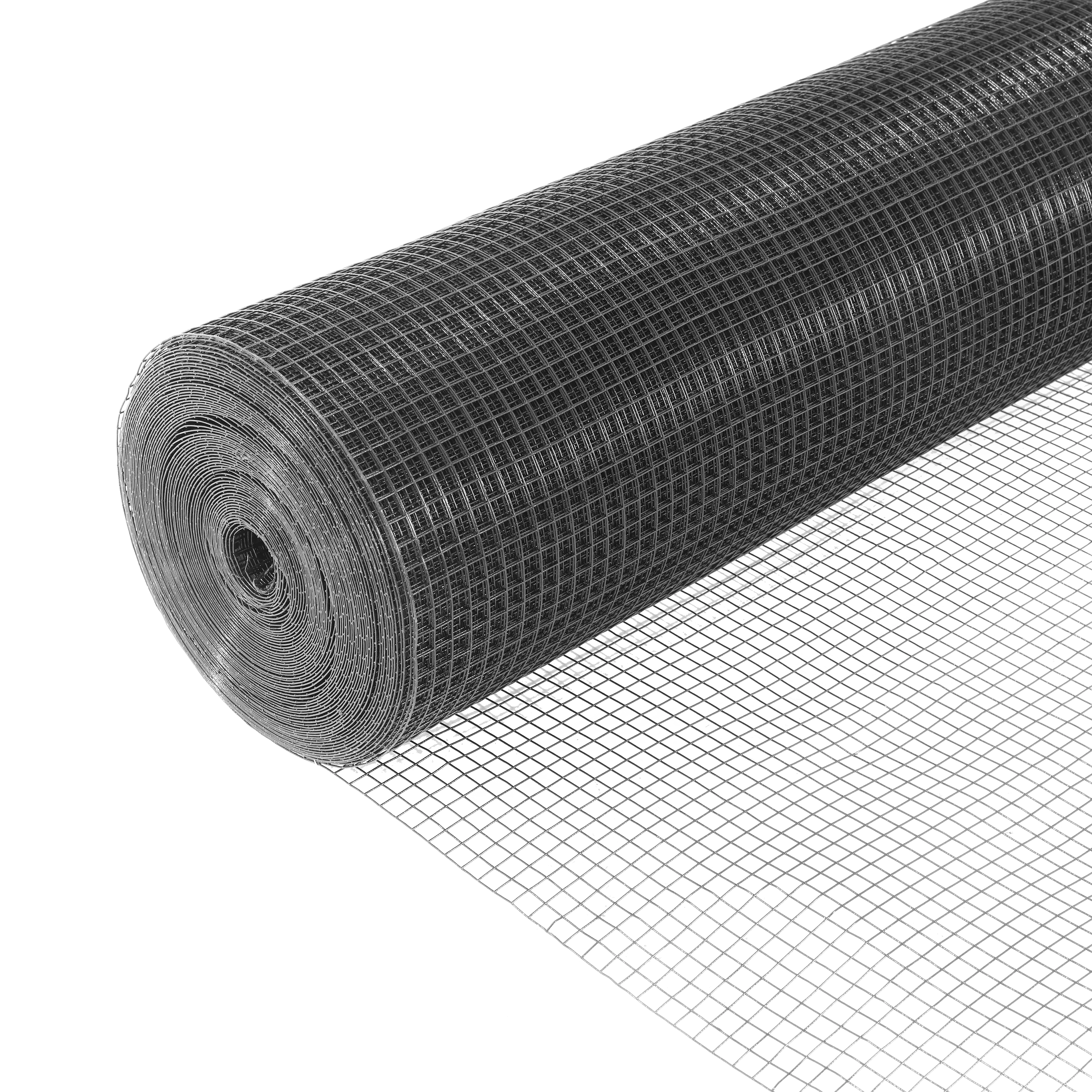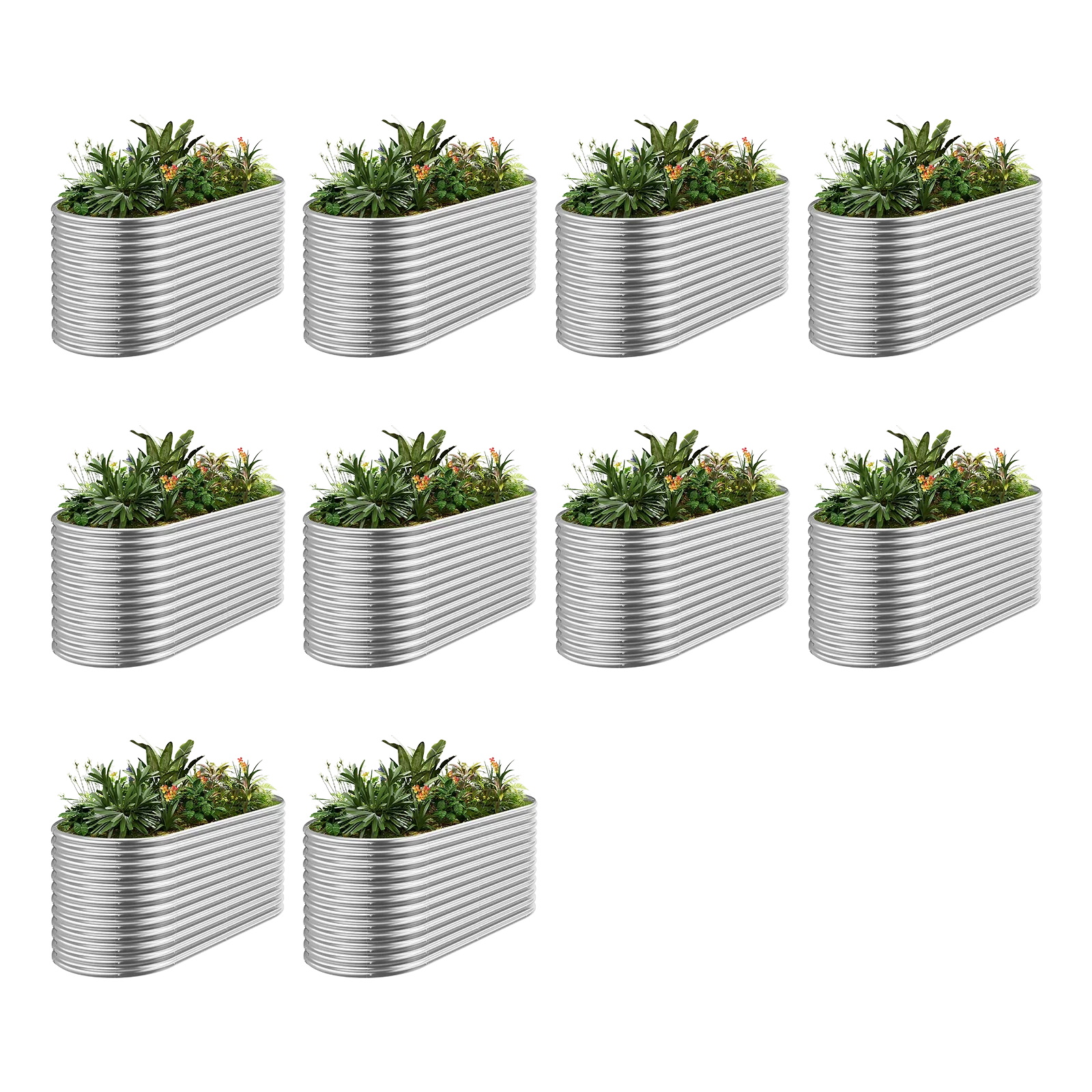Nothing beats the taste of home-grown strawberries—sweet, juicy, and bursting with flavor. For U.S. gardeners, growing strawberries in raised garden beds is a game-changer, offering better soil control, easier maintenance, and bountiful harvests. Whether you’re in sunny California or cooler Michigan, raised beds make it simple to cultivate these delicious berries. In this guide, we’ll cover why raised garden beds are perfect for strawberries, how to grow them, and why our garden beds are the ideal choice for your strawberry patch.

Why Grow Strawberries in Raised Garden Beds?
Strawberries (Fragaria × ananassa) are a favorite for home gardeners, and raised garden beds take their cultivation to the next level. Here’s why this method is a winner:
· Improved Drainage: Strawberries hate soggy roots. Raised beds ensure excess water drains away, preventing rot.
· Better Soil Quality: Customize your soil mix to give strawberries the nutrients they need, unlike unpredictable ground soil.
· Pest and Weed Control: Elevated beds deter pests like slugs and reduce weeds, saving you time and effort.
· Easy Access: Harvesting and tending to plants is simpler with raised beds, especially for gardeners with limited mobility.
· Extended Growing Season: Raised beds warm up faster in spring, letting you plant earlier and enjoy berries longer.
Ready to grow your own strawberries? Let’s dive into the steps to create a thriving strawberry patch in raised garden beds.
Choosing the Right Strawberry Varieties
Before planting, pick a strawberry variety suited to your U.S. climate and taste preferences:
· June-Bearing: Produce a single, large crop in early summer (e.g., ‘Chandler’ for warm climates, ‘Honeoye’ for cooler areas).
· Everbearing: Yield multiple smaller crops from spring to fall (e.g., ‘Albion’ or ‘Seascape’).
· Day-Neutral: Fruit continuously regardless of day length, ideal for consistent harvests (e.g., ‘Tristar’).
Most varieties thrive in raised garden beds, so choose based on your region and desired harvest schedule.
How to Grow Strawberries in Raised Garden Beds
Follow these steps to ensure a successful strawberry crop:
· Select a Durable Garden Bed: Choose a raised garden bed made from cedar, redwood, or composite materials to withstand U.S. weather. Our garden beds are designed for longevity and style, perfect for showcasing your strawberry plants. Aim for a bed at least 12 inches deep and 3–4 feet wide for ample root space.
· Prepare the Soil: Strawberries prefer well-draining, slightly acidic soil (pH 5.5–6.5). Mix equal parts compost, peat moss, and sandy loam in your garden bed. Add organic fertilizer to boost nutrients.
· Planting: Plant bare-root or potted strawberries in early spring (or fall in warmer climates like the South). Space plants 12–18 inches apart in rows, ensuring the crown sits just above soil level. Water thoroughly after planting.
· Sunlight: Position your garden bed in a spot with at least 6–8 hours of full sun daily. Strawberries need sunlight to produce sweet, juicy fruit.
· Watering: Keep soil consistently moist but not waterlogged. Raised beds help regulate moisture, but check soil regularly, especially during hot summer months. Use drip irrigation for efficiency.
· Mulching: Cover soil with straw, pine needles, or black plastic to retain moisture, suppress weeds, and keep berries clean.
· Fertilizing: Apply a balanced fertilizer (e.g., 10-10-10) at planting and again after the first harvest. Avoid over-fertilizing to prevent excessive foliage over fruit.
· Runner Management: Strawberries produce runners (long stems with baby plants). Trim them to focus energy on fruit production or let a few root to propagate new plants.
· Harvesting: Pick berries when fully red and slightly soft, typically 4–6 weeks after flowering. Harvest every 2–3 days for peak freshness.
Caring for Your Strawberry Plants
To keep your strawberries thriving, follow these care tips:
· Pest Control: Watch for aphids, spider mites, or birds. Use row covers or netting to protect fruit and neem oil for insects.
· Disease Prevention: Avoid overhead watering to prevent fungal issues like powdery mildew. Remove dead leaves to improve airflow.
· Winter Protection: In colder U.S. regions (e.g., Northeast or Midwest), cover plants with straw or frost blankets in late fall to protect roots.
· Renovation: After harvest, trim old foliage and thin crowded beds to rejuvenate plants for the next season.
Designing Your Strawberry Garden Bed
Raised garden beds make strawberry patches both functional and beautiful. Here are design ideas:
· Mix with Companions: Plant strawberries alongside borage or marigolds to repel pests and attract pollinators.
· Add Vertical Elements: Use trellises or stakes in your bed for climbing herbs or flowers, maximizing space.
· Create Patterns: Arrange plants in a grid or zigzag for visual appeal and easy harvesting.
· Frame with Accents: Surround your bed with gravel or bricks to highlight your strawberry patch.

